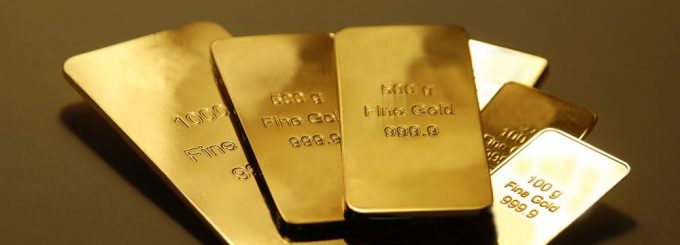The Truth Behind Bullion Pricing: What Determines The Cost Of Gold And Silver?

When it comes to investing in precious metals, understanding bullion pricing is important. Gold and silver bullion, often viewed as a safe haven during economic uncertainty, can fluctuate in value depending on a variety of factors.
Knowing what drives these price changes can help investors make informed decisions. The cost of bullion is not solely based on the weight of the metal. Instead, it is influenced by global economic conditions, supply and demand, and market sentiment.
The Role of Supply and Demand in Bullion Pricing
At the core of bullion pricing is the simple economic principle of supply and demand. When the demand for gold or silver increases, especially during times of economic instability, prices tend to rise. Conversely, if supply exceeds demand, prices may fall.
Gold, for example, has long been seen as a hedge against inflation and a store of value. When investors seek safety in gold, the increased demand drives up its price. Similarly, silver also sees price fluctuations based on industrial and investment demand.
Another factor influencing supply is the rate at which new gold and silver are mined. Mining production can have a significant impact on bullion prices. When production levels are low, the supply of gold and silver decreases, leading to higher prices.
Additionally, geopolitical events and changes in mining regulations can affect supply, which in turn impacts the cost of bullion.
How Global Economic Factors Influence Bullion Pricing
Bullion pricing is also tied to broader economic factors. The global economy plays a significant role in shaping the prices of precious metals.
For instance, when there is economic uncertainty, investors flock to gold and silver as safe-haven assets. This often happens during financial crises, periods of inflation, or times of political instability. As demand rises, so does the price of bullion.
Interest rates are another economic factor that affects bullion prices. When interest rates are low, the opportunity cost of holding gold and silver decreases. As a result, more people are likely to invest in these metals, driving up their prices.
In contrast, when interest rates rise, investors may move their capital to other assets, leading to a decrease in demand for bullion.
The Impact of Currency and Inflation on Bullion Pricing
The strength of a country’s currency can also affect the price of gold and silver. Typically, when the U.S. dollar weakens, the price of gold rises. This is because gold is priced in dollars, and a weaker dollar makes gold more affordable for foreign buyers, increasing demand.
Conversely, when the dollar strengthens, gold may become more expensive for foreign investors, reducing demand.
Inflation is another important factor in bullion pricing. During periods of high inflation, the purchasing power of fiat currencies decreases. As a result, investors turn to gold and silver as a store of value.
This increased demand for bullion in times of inflation often causes prices to rise. Gold, in particular, has long been viewed as a hedge against inflation, with its value tending to hold steady when paper currencies lose value.
Navigate Bullion Pricing with Coin Exchange
At Coin Exchange, we are committed to helping investors understand the dynamics of bullion pricing. Our expertise in precious metals, including U.S. modern gold bullions, allows us to guide you through the complexities of investing in gold and silver.
Whether you are a first-time buyer or an experienced collector, we can help you make informed decisions and build a strong portfolio. Reach out to us today to learn more about the current trends in bullion pricing and how to invest wisely in precious metals.
-
Devsphere Technologies


